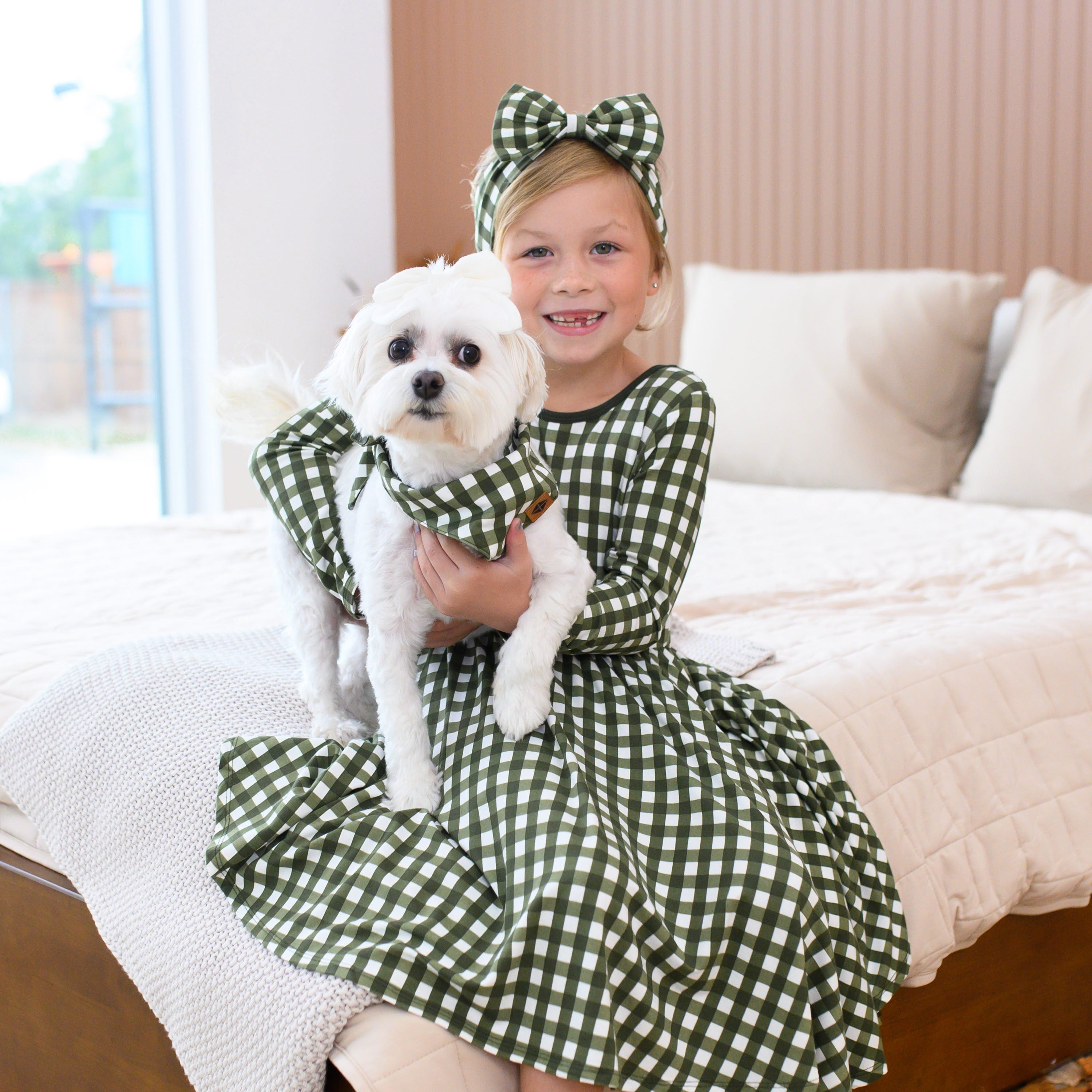Baby and Bath Time
Bath time is a great bonding experience between parents and their little ones. If you’ve just welcomed a new family member into the world, wondering how and when to bath your baby is probably one of the million things on your mind! New parents in particular are keenly aware of how vulnerable a baby is, so finding out the safest way of doing things is key to peace of mind.
When to Bath Your Baby
Never bath your newborn baby until the umbilical cord stump has fallen off and the area around it has healed. If your male newborn was circumcised, the same rule applies. There should be no broken or cracked skin, no signs of infection, and the healing process should be completely over. If you spot signs of anything unusual in this respect, consult your local pediatrician or a general practitioner who you already trust with the care of your family. As soon as you’re confident that your baby is entirely healed from the birthing and/or circumcision procedure, you can rest assured that it’s okay to start bathing them.
How to Bath Your Baby
Bathing your newborn isn’t particularly difficult, but don’t expect them to behave like a mermaid who has always belonged in the water. Can you imagine how strange the experience must be for them, especially since they can’t communicate using language yet? Slowly and gently are two words that are invaluable if you’re wondering how to introduce a newborn to any new experience. Just remember, everything in the world that you perceive on a daily basis is incredibly new and complex from their perspective, so it’s perfectly understandable if they express fear or anxiety using gestures and body language.
So, in order to give your newborn an enjoyable experience, it’s important to introduce them to the water slowly and very gently. Making faces and entertaining them with bath toys will help. From there, you simply help to keep them balanced in the tub and wash their skin very gently. Don’t use standard soaps or shampoos for a baby because their skin has not acclimated to the environment so it’s very fragile. There are baby soaps and shampoos available at supermarkets, but do your own research because a lot of these items are simply packed full of chemicals. Consider trying out organic products or homemade recipes that won’t dry out or irritate your baby’s skin.
How Often Should You Bath Your Baby?
The answer to this is simple: as little as possible. A newborn’s skin doesn’t need the same amount of cleaning as an adult’s does, so it’s incorrect to assume that they need to be bathed every day. If you can go with once a week, that would be great. Remember, their skin is still very thin, and even if you use great products, it’s prone to sensitivity. Moreover, there are other ways of cleaning off the mishaps from mealtimes like using a damp (soft) cloth, and it’s not like they’re old enough to be rolling around in the mud yet!
Sea Sponges
When you’re bathing your baby, the soapy stuff is one thing, but what should you use to apply the products? One of the things that you can be sure will not harm your baby is a sea sponge. A sea sponge is a naturally occurring substance from the sea, so you don’t need to worry about any harmful ingredients. Sea sponges are antibacterial, mold and mildew resistant, and naturally sourced. We here at Kyte BABY are excited to announce our very own line of sea sponges, harvested naturally right here in the USA: Florida to be exact. We’re big supporters of natural products and materials, and truly want what’s best for your baby, so we can’t wait to introduce these new items to you!
The ‘Wait to Bathe’ Policy
A cultural phenomenon that is relevant to the discussion here is a government measure known as the ‘wait to bathe’ policy. A number of large hospitals in urban areas across America are adopting this new policy in order to promote a baby’s health, promote breastfeeding, and encourage bonding time between newborns and their parents. So what is it?
Well, it turns out that the substance a newborn baby comes out of the womb covered in is actually something of a natural miracle. This substance is called vernix: you might know it as ‘baby goo’! Hospital staff used to rush to wash this stuff off, but now they’re realizing it’s there for a reason. Vernix acts like a super booster to the baby’s immune system and an added layer of protection to their little bodies that are still developing. Early results in the hospitals show that when baths were delayed, less early illnesses occurred and breastfeeding increased. Among other things, Vernix helps a baby detect a mother’s scent, so washing it off could potentially impair the bonding process.
So, if you really want to do what’s best for your newborn, you might want to consider putting off their first bath until the eleventh hour; or when the vernix has worn off on its own.
























